In their haste to join their Anglo-Dutch allies, the Prussian army of the Hundred Days campaign was hastily assembled and pressed into the field ill-equipped and poorly trained, under the command of General Gebhard Leberecht von Blücher. Over a third of the force was Landwehr (militia), some of which marched barefoot to war. At the Battle of Ligny the Prussian army faced Napoleon directly and was roundly beaten, Blücher himself being trapped injured under his dead horse for hours. However, the Battle of Waterloo provided a chance at redemption.
A Prussian Army is a fascinating beast to collect and play. Here we present a brief guide to the troops available to Black Powder generals. A full range of great-value bundles are also available, designed to get your up and running with full brigades . You can find them in our full Napoleonic Prussian webstore collection.
Albion Triumphant Vol 2: The Hundred Days Campaign
Within the pages of Albion Triumphant Volume II: The Hundred Days Campaign you’ll find everything you need to use Prussians in Black Powder, including history, a full army list and all the special rules to wield this impressive army on the tabletop in the Hundred Days Campaign.
When ordered from the Warlord Games webstore, you’ll also receive a free special edition miniature, the King’s Guard Ensign!
The Infantry
The Prussian infantry consisted of fusiliers, musketeers, landwehr and jägers. Regiments, consisting of three battalions, were a tactical unit similar to those of the french. Each regular Line regiment had two musketeer battalions and one fusilier battalion, while the Landwehr regiments had three battalions of musketeers.
Line Infantry
Musketeers were the second most numerous troop type available to a Prussian general. They were armed with the 1809 new Pattern musket, the standard firearm for Prussian infantry, although Swedish, British, French and Russian models could be found in service. The quality of the musketeer battalions did vary, as in any other army, but on the whole they were solid and
dependable soldiers.
Each regiment was not only numbered but also had a provincial identification, for example, the 12th Brandenburg infantry and each battalion was identified by number, so the first battalion of our Brandenburg regiment would be the 1/12 Brandenburg.
The fusiliers were the nimblest and most agile men in the infantry, led by intelligent and forward-thinking officers, and armed with ordinary muskets. These men were a commander’s first port of call if he required large numbers of skirmishers. The third battalion in a regiment was the fusilier battalion, but it was not numbered, so following on from our example above the fusilier battalion of the 12th Brandenburg regiment would have been the fusilier/12 Brandenburg.
Prussian Landwehr
The Landwehr were militia formed from teenagers through to men in their forties. They were plucked from their fields, shops and offices and enrolled into the Prussian military machine to enlarge the forces that could finally depose Napoleon, the Tyrant of Europe. Prussia was a small State but her armies were well-trained and burning to avenge their past defeats.
The Landwehr consisted of over sixty battalions and were equipped and trained as time and money allowed. A cheap but warm coat, comfortable cap and a musket were considered uniform enough to get thousands of troops out into the field for the restricted Prussian army of the time.
The Landwehr fought bravely in the later wars of the period, fighting hard in the 1813 campaigns and ultimately at the climax of the Hundred Days campaign at Ligny and Waterloo.
Ill-equipped and half-trained they may have been, but after a few months hard fighting they went on to fight with determination alongside their brothers in the Prussian Line regiments.
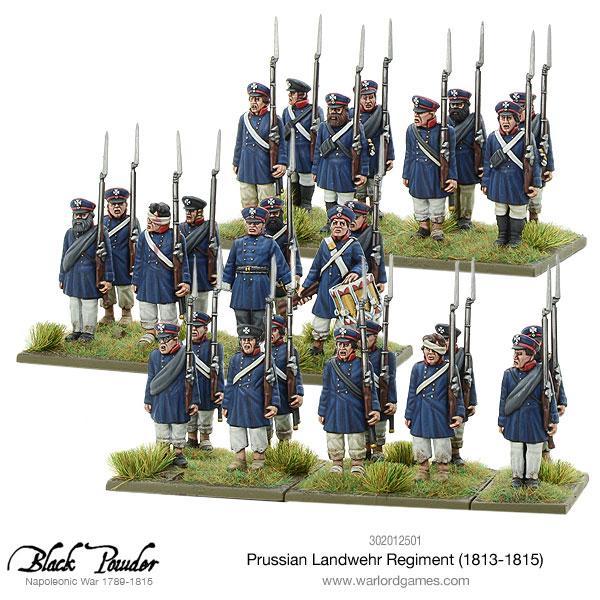
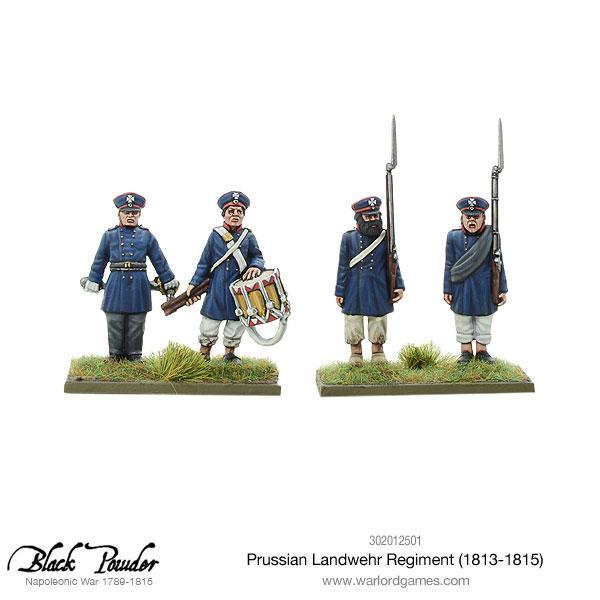
Jägers
Jägers were usually broken down into companies and assigned to brigades in ‘penny packets’.
The jägers were elite light infantrymen, marksmen and expert in the arts of skirmishing, usually broken down into company-sized units. Jägers were rifle-armed, although there was not widespread uniformity in the type of rifle used.
The Cavalry
Prussia was renowned for its excellent infantry under Frederick the Great. Less well known is the efficacy of Prussian cavalry on the European battlefield in the 19th Century. Early in the Napoleonic wars, Bonaparte himself warned his generals of the excellent Prussian cavalry.
The well-trained and disciplined Prussian horse during the Hundred Days campaign formed regiments of cuirassiers, dragoons, hussars and lancers on the whole with the lighter cavalry intended for raiding and skirmishing, but in reality, took their place in the main battle lines during set-piece battles.
Although the Prussian Army did have guard cavalry and cuirassiers, none were present during the hundred days campaign and Blücher had to rely on dragoons, hussars, uhlans and Landwehr regiments. The three former were line regiments, ten in total, whilst the latter comprised eight militia regiments. Cavalry were also formed into Line and Landwehr brigades, a brigade hosting any type of cavalry regiment. The average squadron strength at waterloo was around 120 men and a regiment should have fielded four squadrons in total, although lack of horses and manpower meant that some only managed as few as two squadrons. Some cavalry regiments were broken up and assigned to infantry brigades, such squadrons usually being hussars or Landwehr cavalry, and can be represented by Tiny or small regiments. Prussian cavalry regiments can operate in Line, deep formation and march column.
Hussars
Hussars were ever-present in the Napoleonic wars, with twelve splendidly dressed regiments, composing 38% of all the Prussian cavalry at Waterloo. Commanded by the venerable ‘Marschall Vorwärts’ – Field Marshal Blücher – they were a tough nut to crack…
Prussian Hussar regiments during the Hundred Days varied in uniform. The miniatures shown here follow the traditional attire for Hussars, and are ideal for the majority of Hussars regiments during the campaign. Prussian Hussars were light cavalry and performed the same role as hussars in every other army of the time. They were armed with a curved cavalry sabre, which was of a robust design, and two pistols.
The box set contains 12 Prussian Hussars, in Warlord Resin, including components for an officer and bugler.
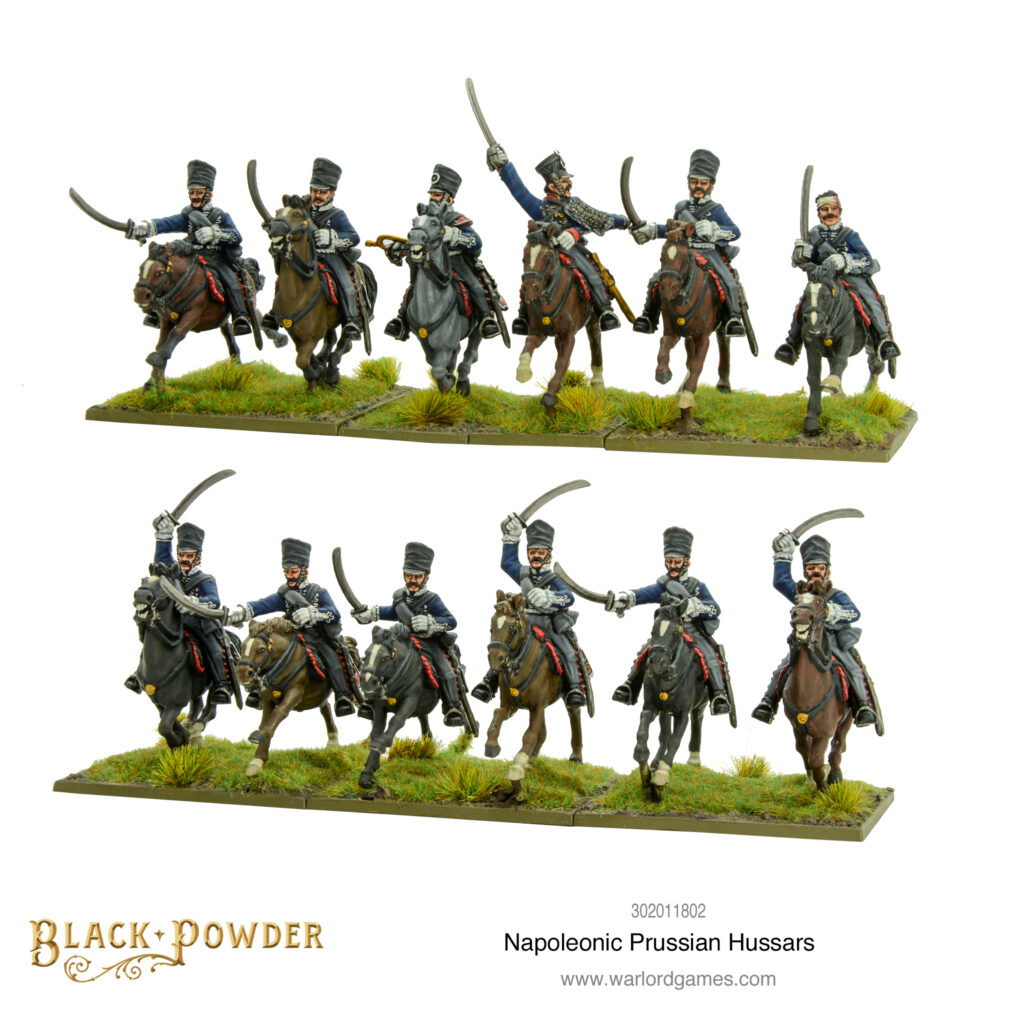
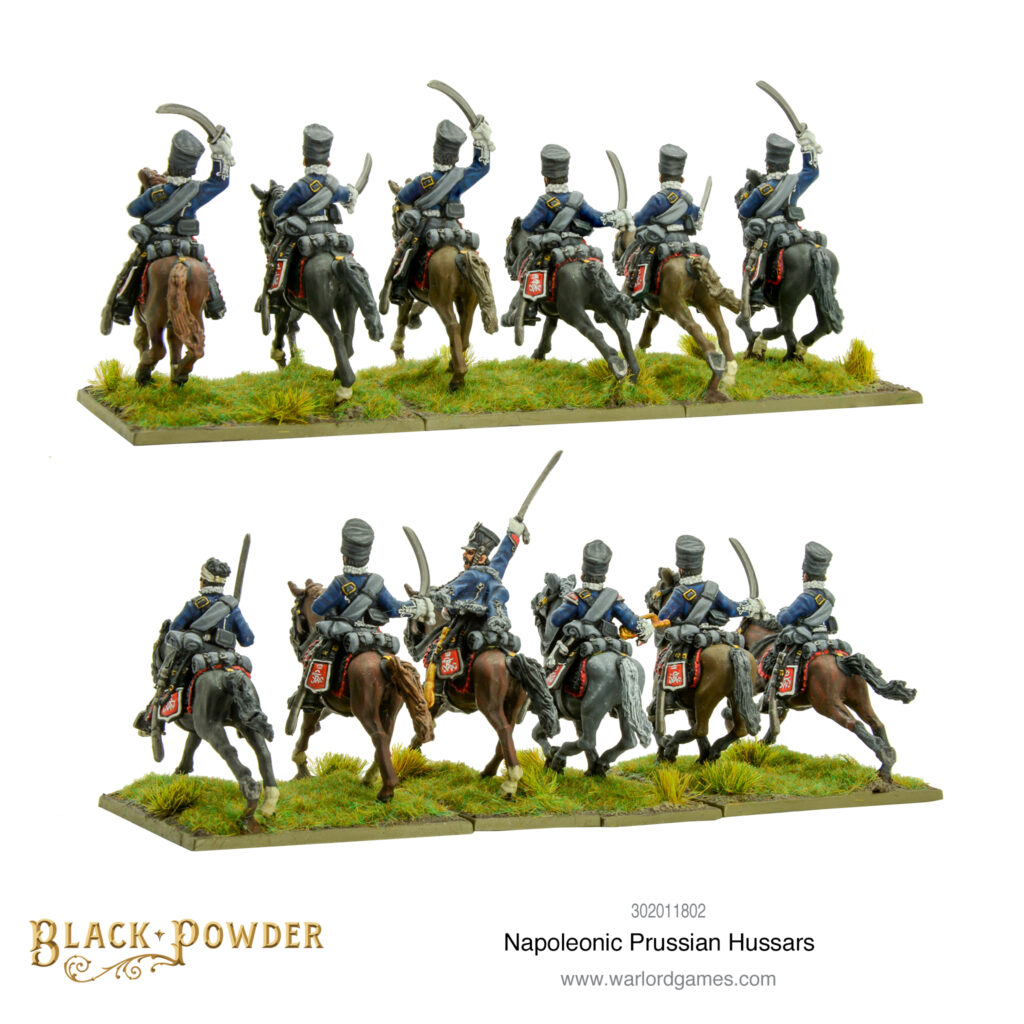
Uhlans
The Uhlans, or lancers, of the Prussian army fulfilled the role of both skirmishing light cavalry and line shock troops alongside the dragoon and cuirassier units. Equipped with a lethal 9-foot lance, they were an imposing sight. It was the Uhlans who saved Marshall Blücher when unhorsed at Ligny.
Late war Uhlans principally wore simple dark blue uniforms and practical equipment. By the Battle of Waterloo in 1815, all units had their lance pennants with black and white swallowtail pattern.
The box set contains 12 Prussian Uhlans, in Warlord Resin, including components for an officer and bugler.
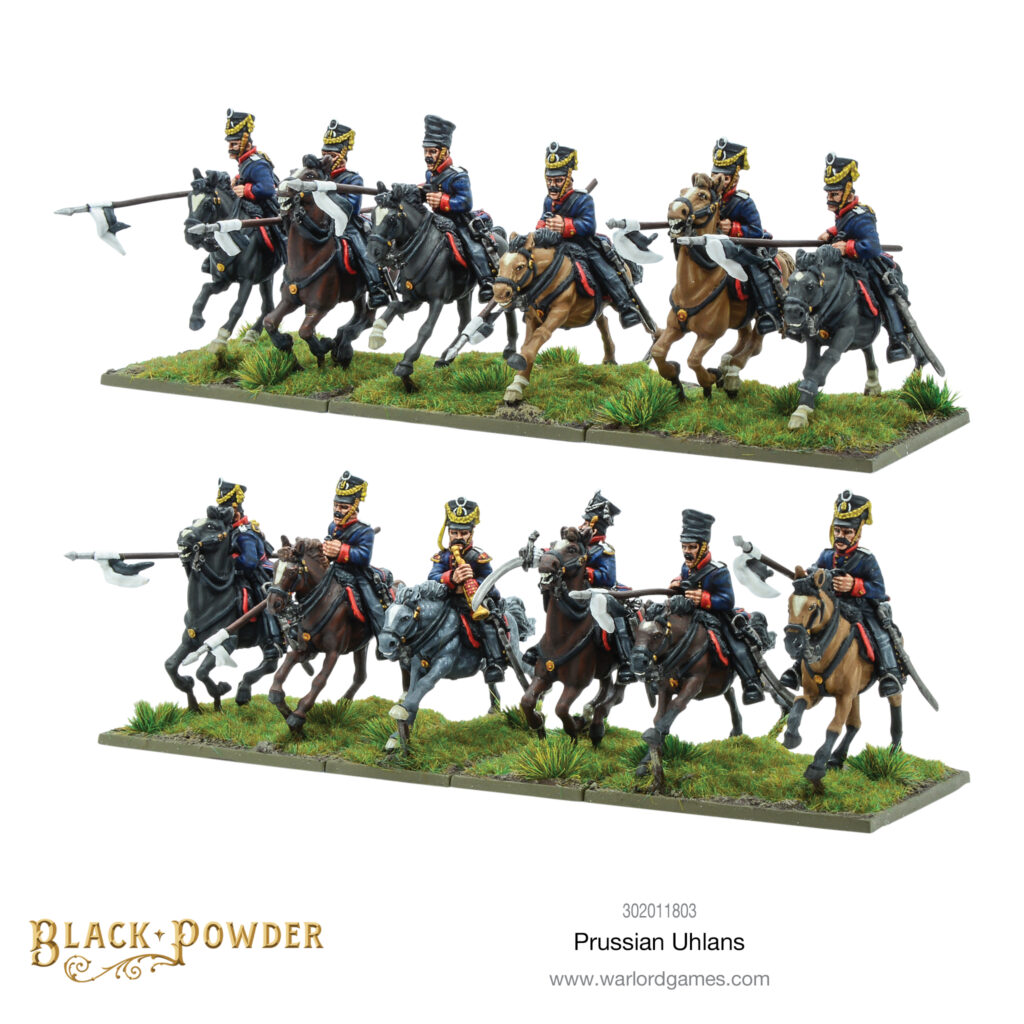
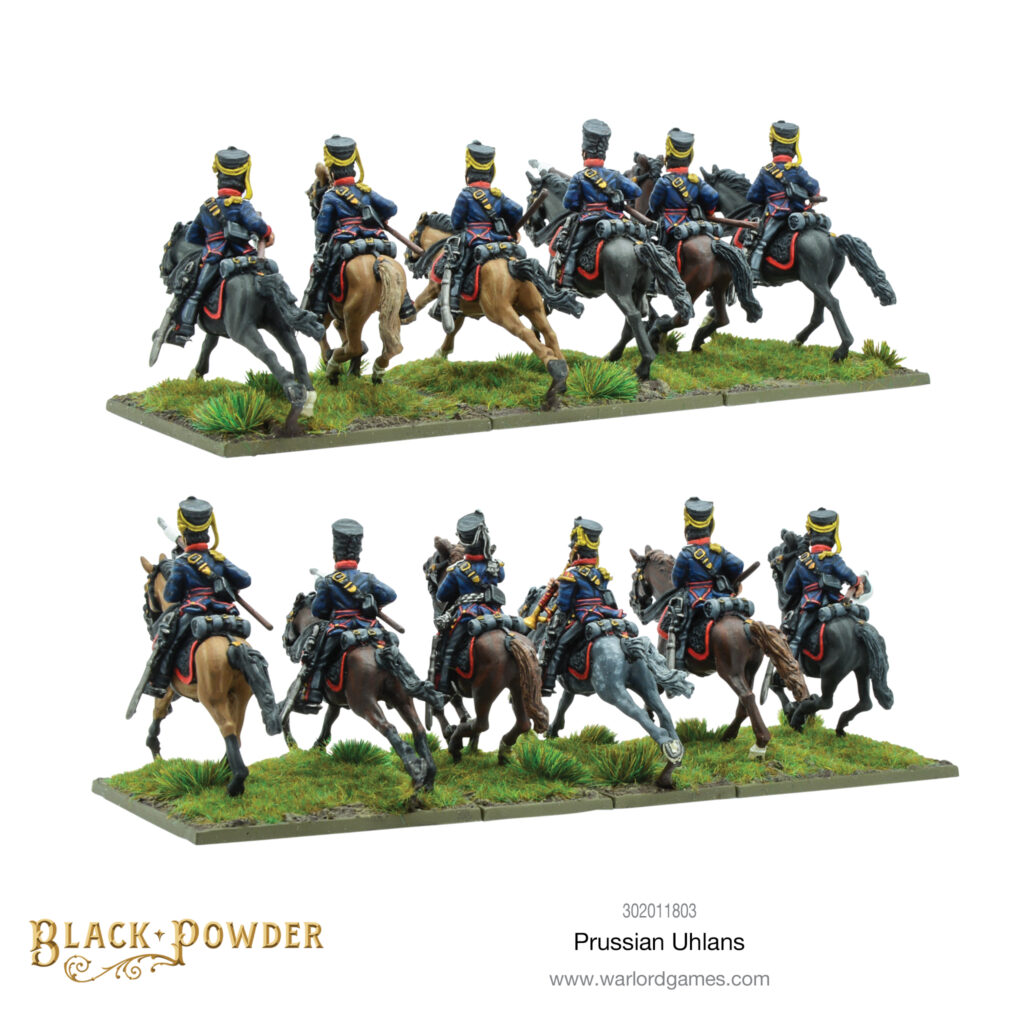
Dragoons
By Waterloo there were eight dragoon units in the field, comprising 9% of the cavalry under Blücher’s control. Prussian dragoons were like their equivalents in the British and French Armies; they were armed with a carbine, pistols and a sabre. There were four dragoon regiments in the hundred days campaign, two of which were at waterloo, the 2nd west Prussian and the 5th Brandenburg dragoons.
Alongside the cuirassiers, the dragoons were the heavy cavalry of the Prussian army. Their uniform was business-like – a distinctive blue Litewka long coat and grey overalls topped with a basic shako, frequently covered in an oilskin wrap. Armed with a curved sabre in an iron scabbard, dragoons were unusual among Prussian cavalry in the Hundred Days campaign in that they carried cavalry guidons into battles.
The box set contains twelve highly detailed two-piece Warlord Resin Cavalry miniatures for Black Powder, including an officer and a bugler and 8 full-colour guidons.
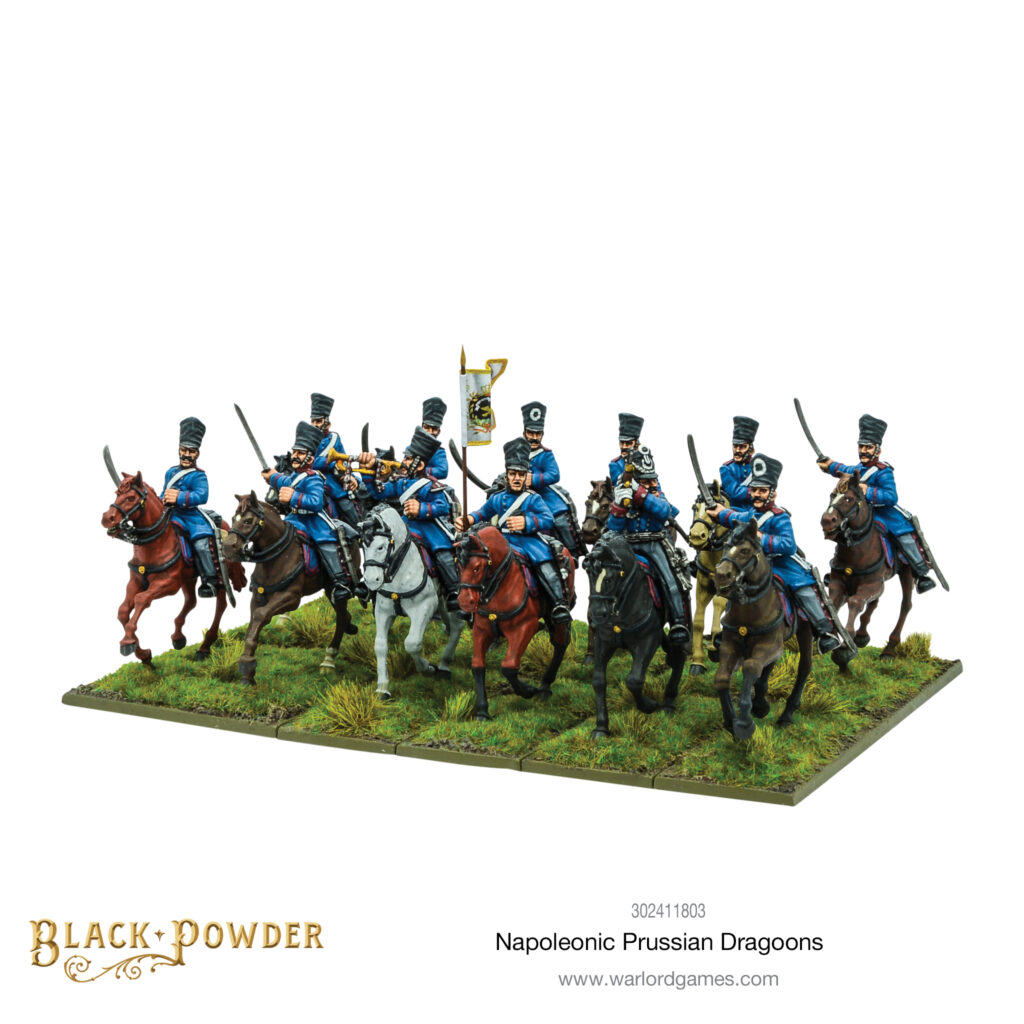
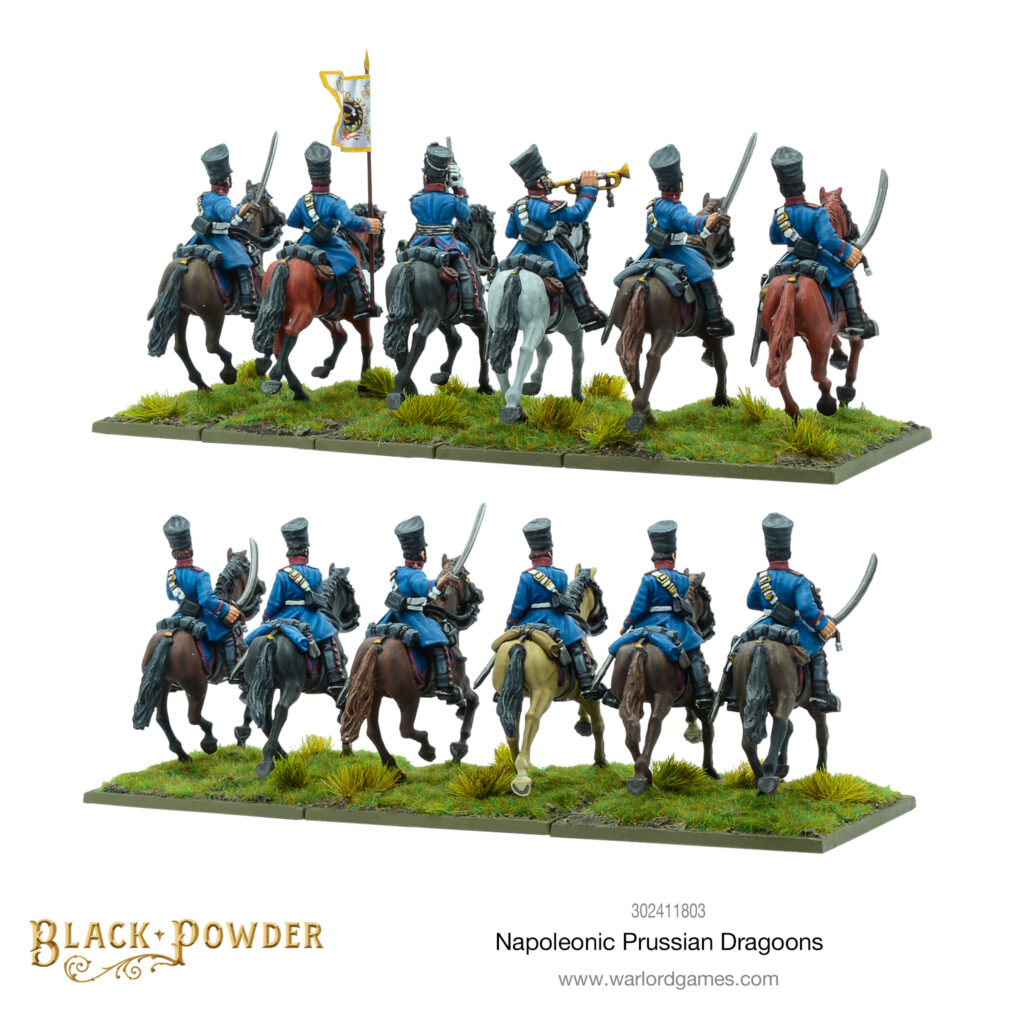
Landwehr Cavalry
Although Landwehr cavalry were armed with the deadly lance, they were not as proficient as the uhlans. Formed in 1813, the Landwehr Cavalry was a huge force of mounted trained militia, similar in form to their infantry counterparts. The Landwehr regiments were the most numerous type of Prussian cavalry available to Blücher. The force was a massive asset to the Prussian war machine as they totalled over thirty regiments by the Hundred Days Campaign. Each Landwehr regiment had three squadrons.
The Landwehr cavalry wore dark blue Litewka long coat with collars and cuffs in provincial colours. Headgear was a mix of traditional feldmutze cap and shakos – often in oilskin and with a white cross painted on. Lance pennons could vary and often reflected the uniform trim halved with white, but by the time of Waterloo all Landwehr cavalry had swapped to the standard black and white pennons.
The lance-armed Landwehr cavalry fought well on the field, comprising some 40% of Blücher’s cavalry at Waterloo – a great excuse to field lots of these brave sons of Prussia on the tabletop!
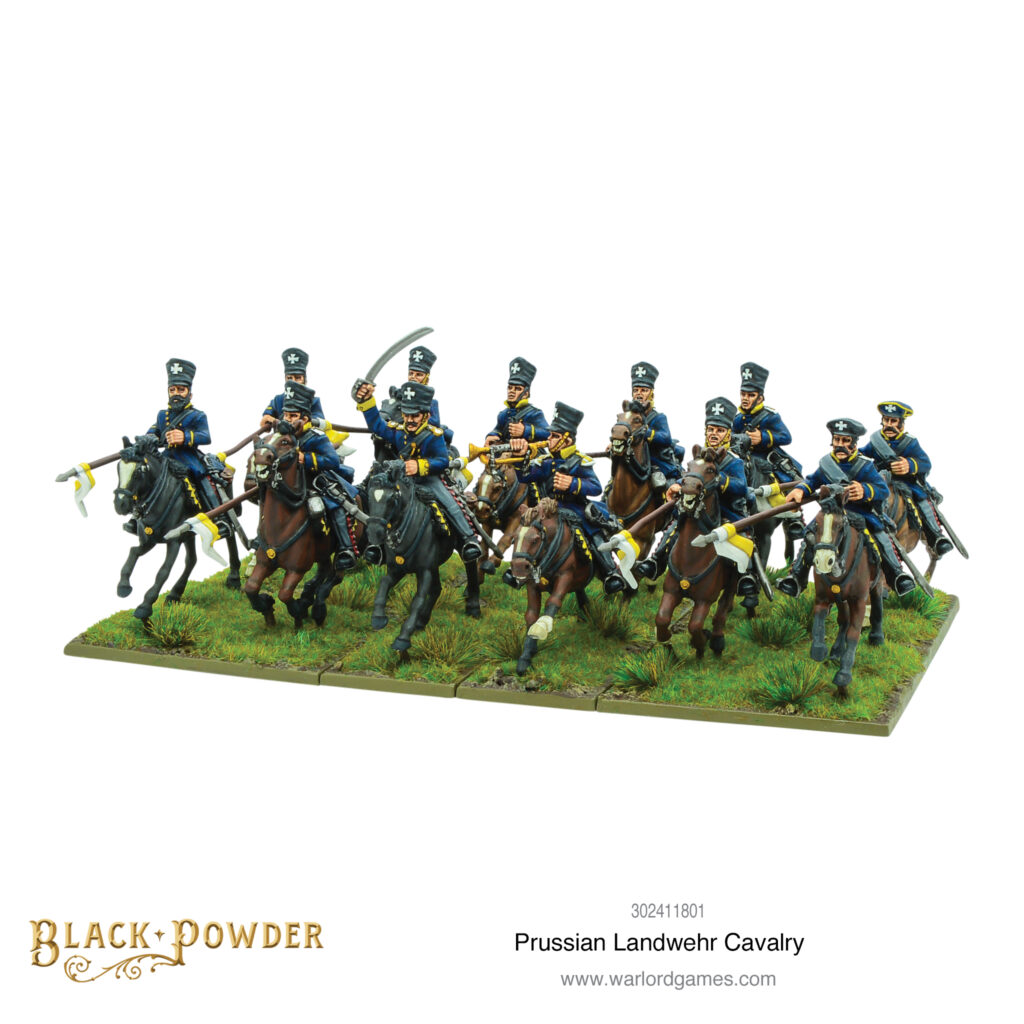

The Artillery
Prussia had both foot and horse batteries available. The normal make up of those batteries was six 6-pounders and two 7-pounder howitzers. Batteries were assigned at brigade level, usually one battery per brigade. The army’s artillery reserve boasted five further artillery batteries and these batteries were brutes: six 12-pounders and two 10-pounder howitzers. Prussian artillery batteries were served by approximately 140 men, although only about half were gunners.
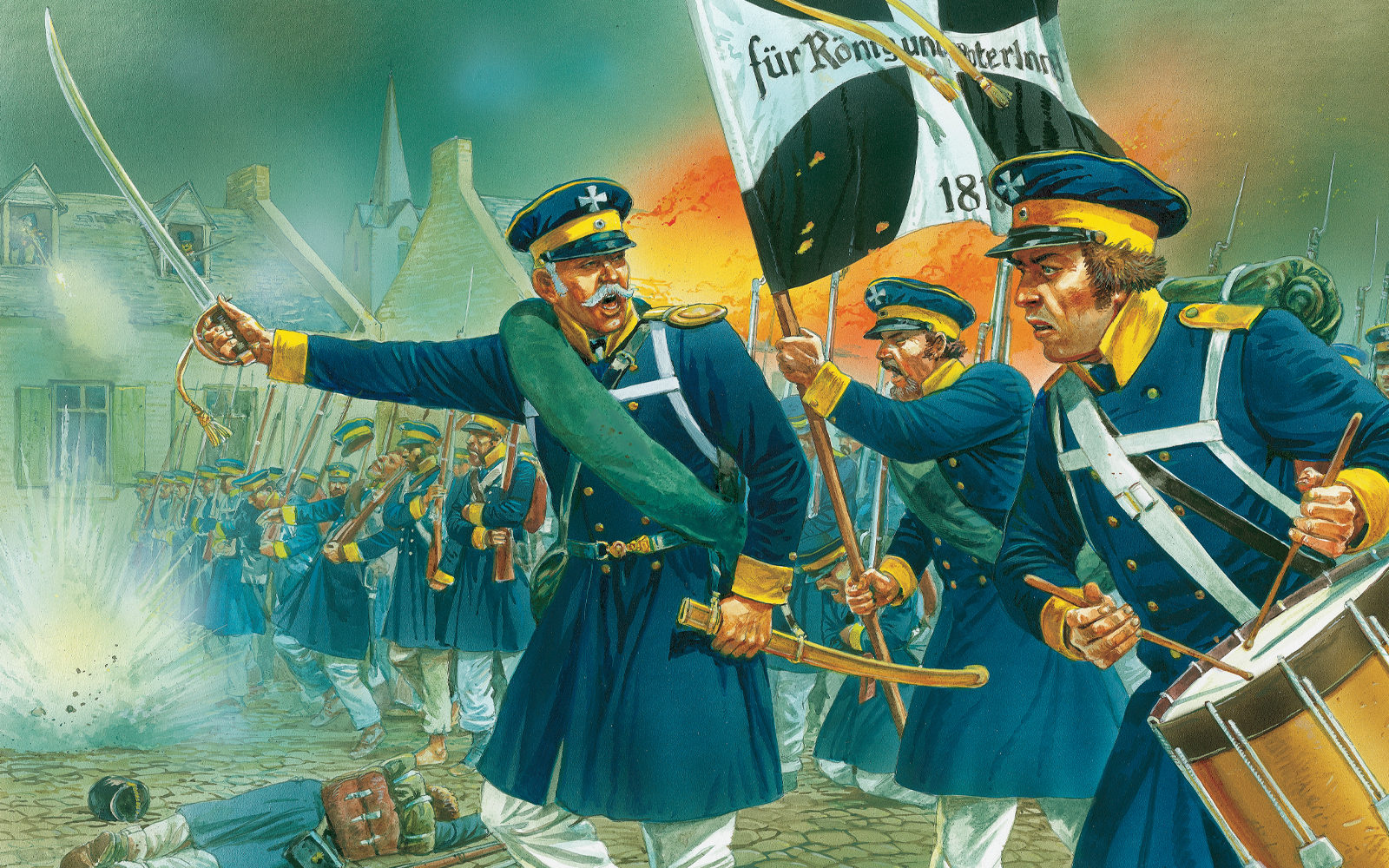
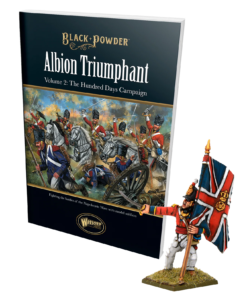
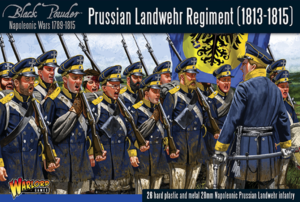
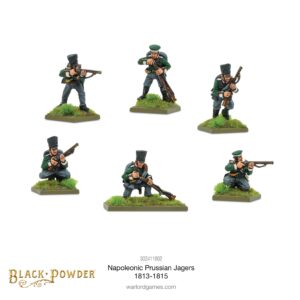
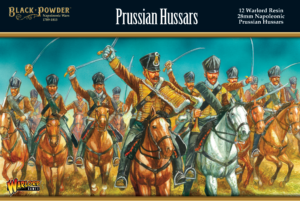
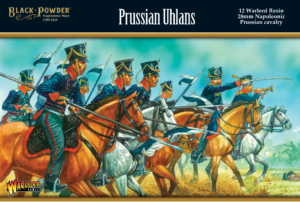
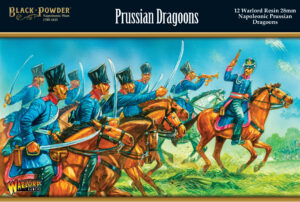
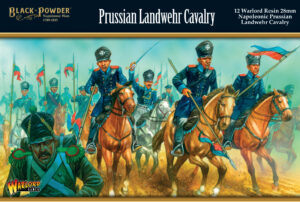
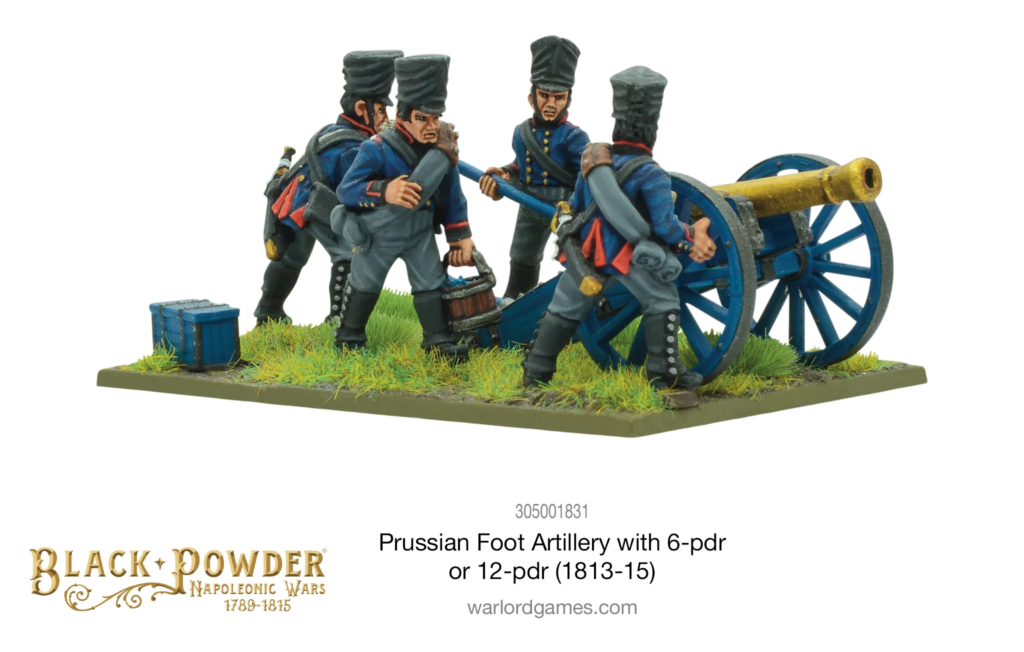
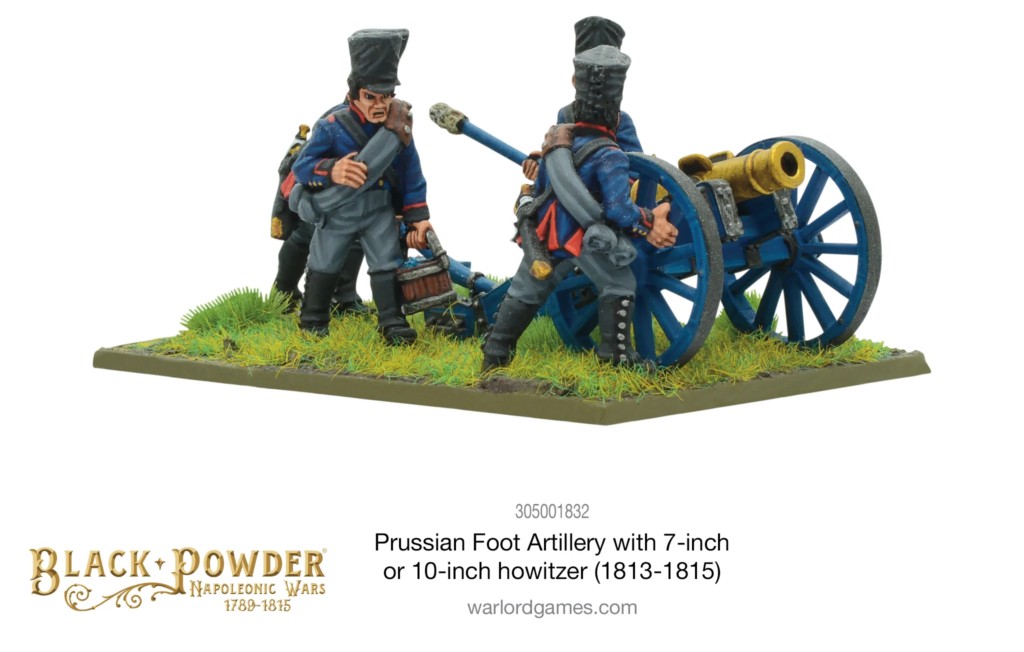
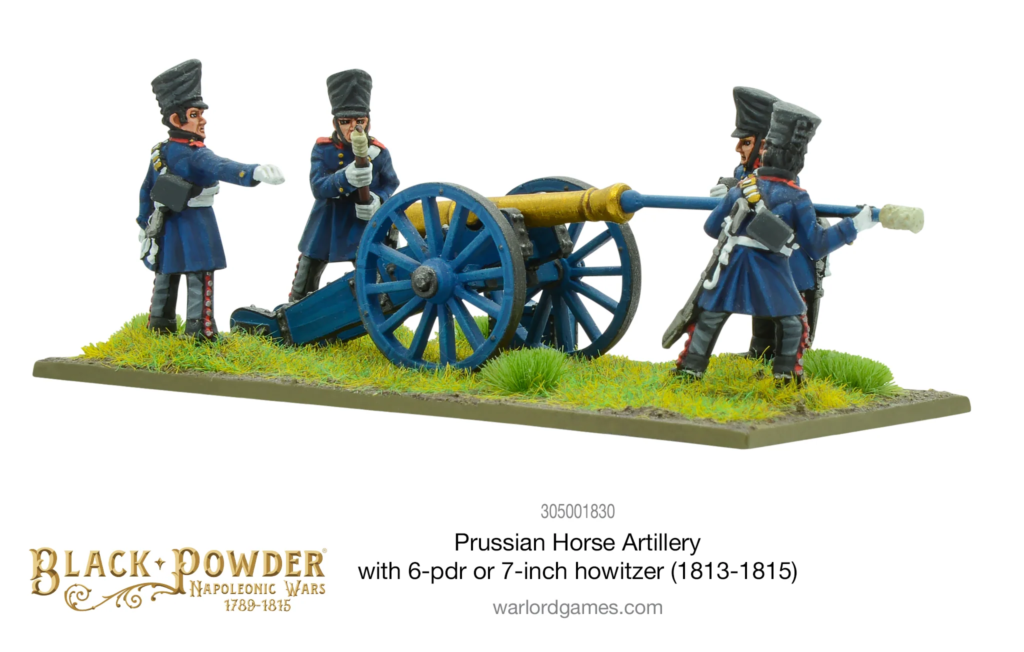
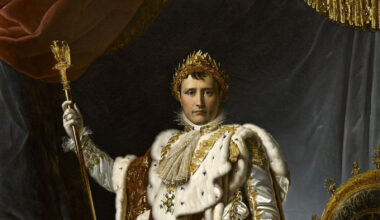
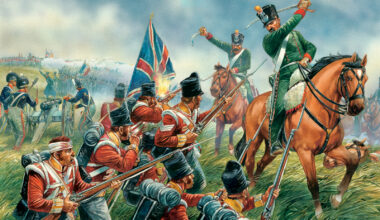
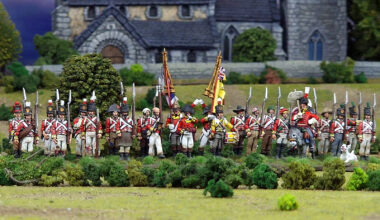
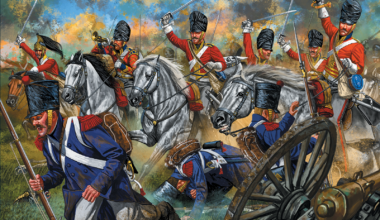
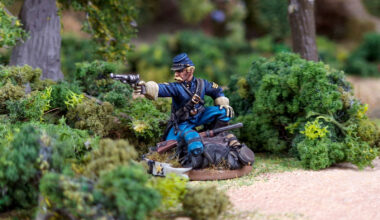
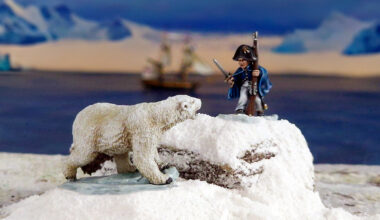
2 comments
Great summary for those new to Napoleonics and considering collecting Prussians. The only notable omissions and current gaps in the Warlord range and Black Powder rules are the Reserve Infantry Regiments (Basically Line but with more varied uniforms, some create opportunity for conversions), the Guard Infantry Regiments, Combined Grenadier Battalions, and the Cuirassier Cavalry Regiments.
I’ve just finished painting up the new Jagers and they are lovely sculptures, though a bit pricy at £13.50 for 6! I’ve also been working through the cavalry, and while not a huge fan of the warlord resin if you get a well-cast set they can be pretty good, though the horses are a bit on the slender side. The Hussars and Dragoons are kits I would recommend very characterful, The Landwehr Cavalry are a nightmare to assemble and riders don’t actually fit the horses.
I actually wouldn’t mind a return of your older Prussian Landwehr Infantry kit just to add some more varied sculpts as you inevitably need loads of them and the current kit is a bit “boring” after a while.
Looking forward to hopefully seeing the Warlord Prussian range expand and hopefully see some of those additional units covered in the rules!
I completely agree with you.
Comments are closed.